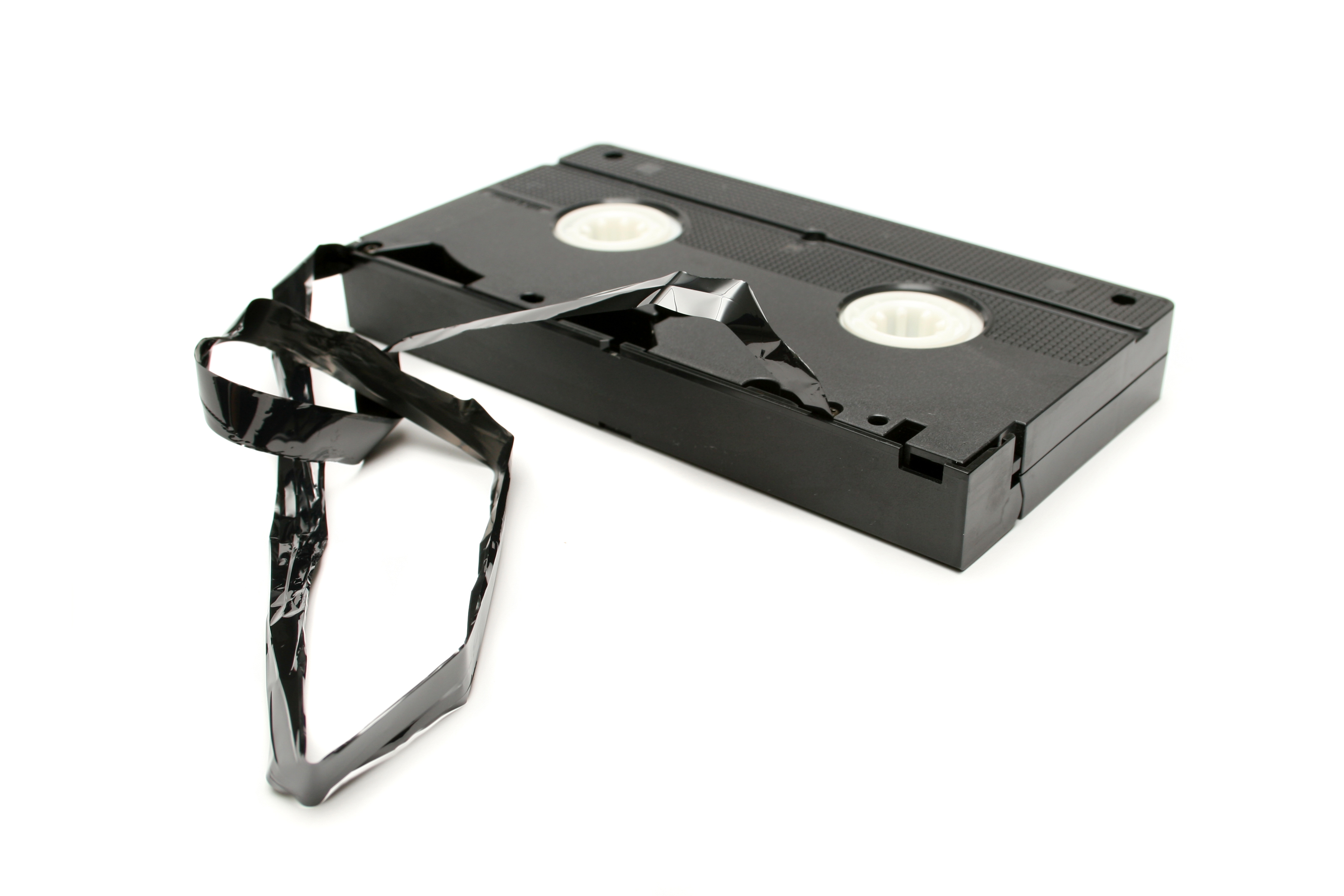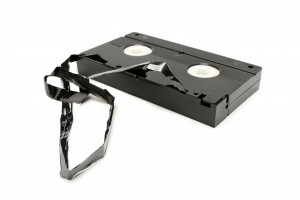
The obvious answer is often the right one — if you don’t know why you should use social media, you probably shouldn’t be using it.
I often speak to people running businesses or trying to make it in a band who tell me they’re on Facebook because someone told them they should be on Facebook, but no matter how often they use the site, it all just seems rather pointless, not to mention fruitless.
Perhaps you’re one of those people who tells others their business or brand should be on Twitter, Facebook, LinkedIn, Pinterest, Instagram, Pinstagram, Faceyspaces…the list goes on. It’s a common misconception that we are obligated to engage all the new, shiny objects we hear are “hot” or “the next big thing” in social media. The truth is that you’re likely doing far more damage to your brand by trying to shoehorn social media into a workflow it wasn’t designed for.
That’s not to say that social media can’t help everyone. It most certainly can. However, it has to be done well to do so. If you’re one of those people I mentioned in the previous paragraph, knock it off already!
Brands should be online, and should register all the usernames and domain names necessary on all relevant social media platforms just as a matter of trademark security. How far that brand engages in social media depends not only on the brand but on the stakeholder’s appetite for using the platform or platforms of choice.
I’d love it if all the bands I’ve ever worked with were natural Tweeters or Facebookers. More often than not, it just doesn’t come naturally. They can entertain a room full of hundreds of paying customers for over an hour, but put a smartphone in their hands and they just don’t know what they’re supposed to say. This is not their fault; there is a message and you just have to find the method of transmission that works. Instagram has been incredibly useful for this. Being able to communicate in short, visual bursts is just what many creative people need to share of themselves authentically.
While you’re working on your “why” of social media, take care to understand what works for you and your business, and know you don’t have to do it all. If you’re struggling with the why, and you don’t need the leads or customer service platform or community, you don’t have to do social media at all.



